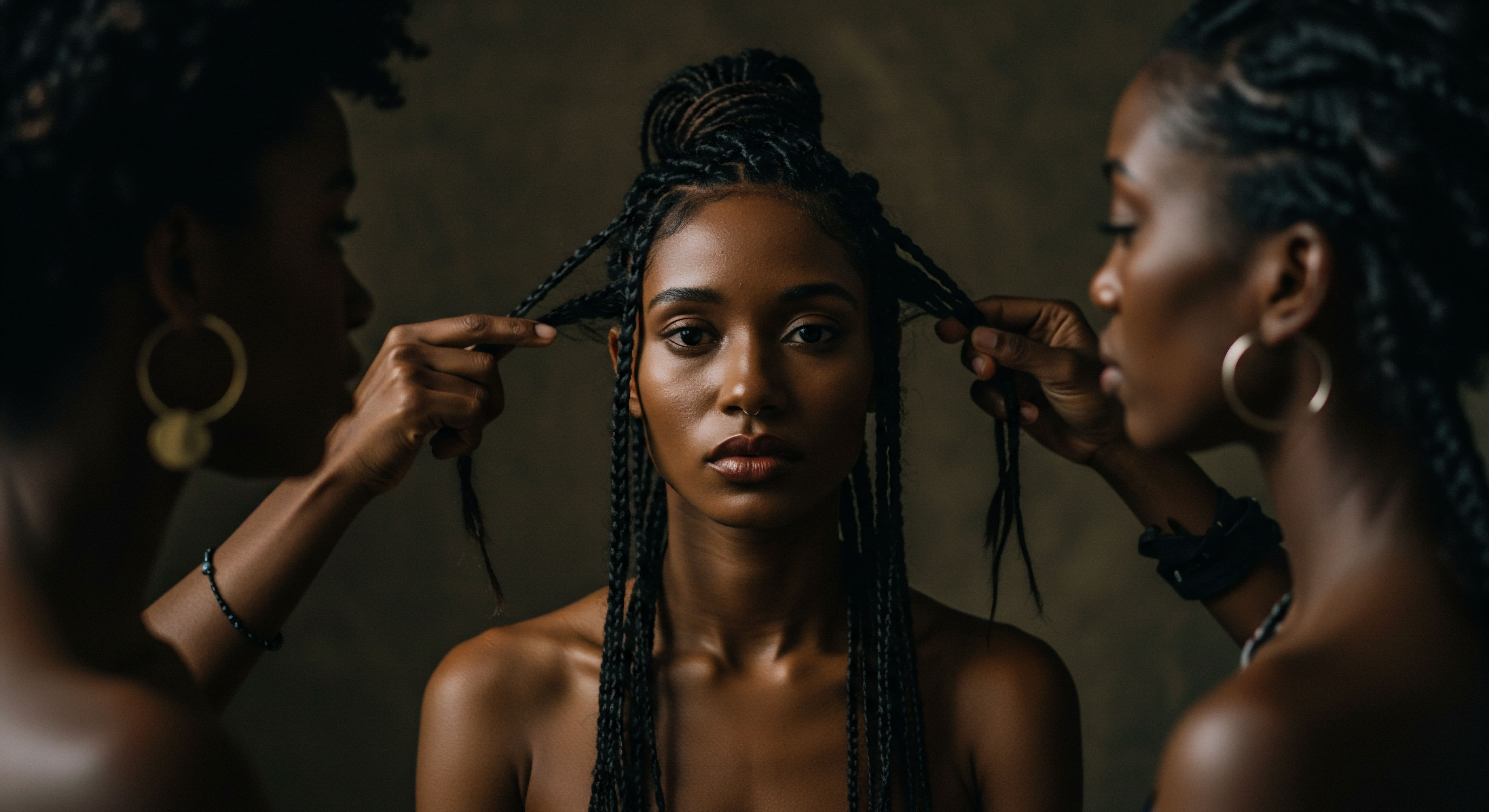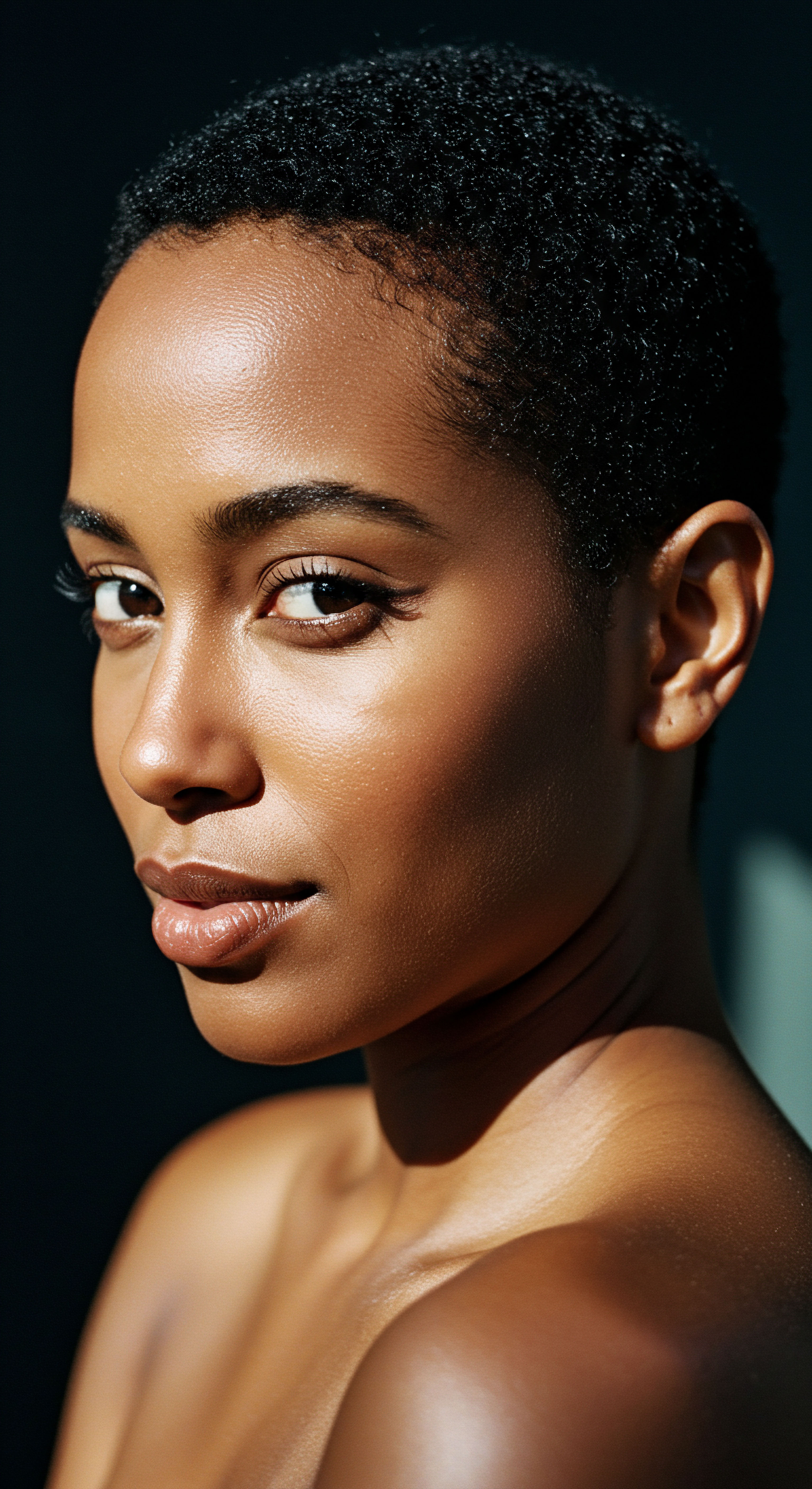
What cultural practices influence modern textured hair nighttime routines?
Cultural practices influence modern textured hair nighttime routines through ancestral protective methods, community knowledge sharing, and evolving identity.

How do historical hair practices connect with modern bonnet use?
Modern bonnet use continues historical practices of hair protection and cultural expression, scientifically supported by friction reduction and moisture retention.

What happens to coily hair during sleep?
Coily hair during sleep faces moisture loss and mechanical stress from friction, leading to tangling and curl distortion, necessitating protective practices.

How do historical practices influence modern Black hair night care?
Historical Black hair practices, centered on protection and preservation, directly influence modern night care by prioritizing friction reduction and moisture retention.

What is the historical background of bonnets in textured hair care?
A soft cap, the bonnet safeguards textured hair from friction and moisture loss, its history rooted in ancestral protection and diasporic resilience.

How do sleep caps protect textured hair overnight?
Sleep caps shield textured hair from friction and moisture loss, preserving its delicate structure and hydration overnight.

Satin Properties
Meaning ❉ Satin properties describe the gentle, low-friction surface of fabrics woven in a satin pattern, essential for preserving the moisture and structural integrity of textured hair.

Can silk pillowcases truly prevent hair breakage during sleep?
Silk pillowcases can significantly reduce hair breakage during sleep by minimizing friction and retaining moisture, especially beneficial for textured hair.

What materials minimize hair friction at night?
The most effective materials for minimizing hair friction at night are natural silk and certain smooth satins, as they allow hair to glide gently.
